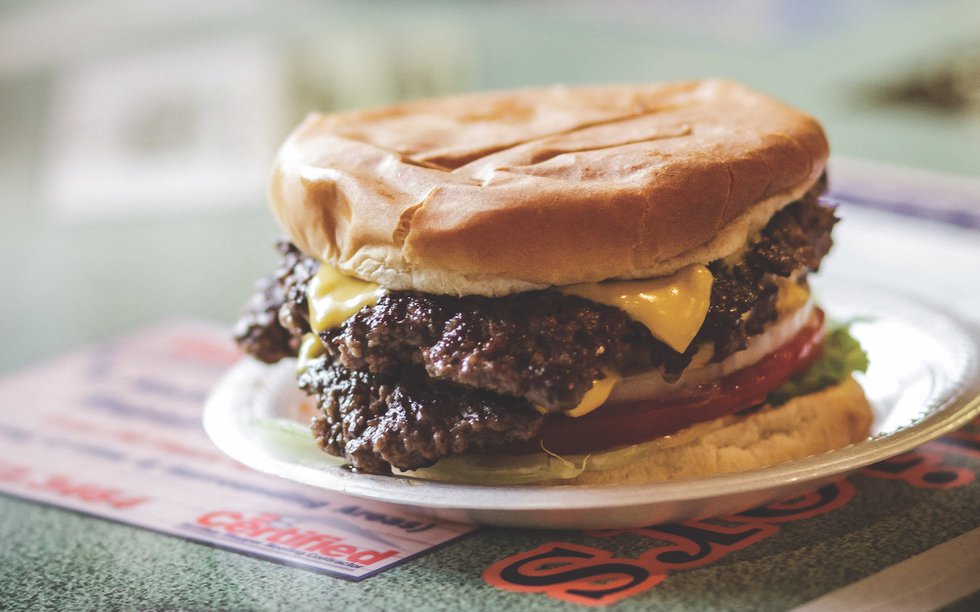Afton’s Thibaut-Janisson Winery brings sparkling wine to the forefront.

Claude Thibaut
Photos by Sarah Cramer


Sparkling wine maker Claude Thibaut received a rich cultural inheritance from his father—one of the first growers in France’s Champagne region to produce his own vintage in the late 1950s—while growing up on his family’s small vineyard two hours east of Paris.
Thibaut, 60, is an expert in the méthode Champenoise, a labor-intensive method that produces the signature bubbles in Champagne and sparkling wines. “There is something in us, an innate sense of how to adjust a blend, that’s in our blood,” he says. “We’re born into it.”
Unlike Champagne from larger producers like Veuve Clicquot and Moët et Chandon that utilize grapes from multiple vineyards, “grower champagne,” like that which Thibaut’s father produced, sources grapes from a single vineyard, imbuing it with a distinct regional flavor, or terroir. Smaller producers are involved in all aspects of viticulture—from cultivation and harvest to the handcrafting of the finished product. The result is bubbly with a distinct sense of place.
Thibaut shares the fruits of that early experience in three sparkling wines bearing the Thibaut-Janisson label: a Blanc de Chardonnay, a Virginia Fizz and a Virginia Xtra Brut—all made with grapes sourced from the Monticello AVA (American Viticultural Area). The majority come from nearby Ivy Creek Vineyards, site of Virginia’s first Chardonnay vines, planted in the 1980s.
Thibaut likens the Central Virginia climate to that of his native Champagne, which results in sparkling wines with a striking resemblance to their French counterparts. The Virginia grapes are hand-picked in late August and gently pressed as whole clusters. They have a lower acid content than traditional Champagne grapes, forestalling the need for additional malolactic aging to smooth out the taste.

Photo by Sarah Cramer
After studying winemaking and biochemistry at the University of Reims, Thibaut first worked at a lab that aided growers in improving their winemaking process, giving him exposure to a variety of organic issues (such as oversaturation of yeast, fluctuations in acidity levels, etc.) that are the bane of many wine growers.
The young winemaker then took a job with a large Australian winemaker and three years later relocated to California, gaining valuable experience producing wines in different climates and growing conditions. He was working for the Kendall-Jackson Winery in Sonoma in 2003 when he was approached to consult at the Kluge Estate winery outside of Charlottesville (now Trump Winery). Virginia’s then-nascent wine industry comprised roughly 60-70 wineries. Now, nearly 300 wineries blanket the state, making it one of the country’s most active wine-producing regions.
In 2005, he partnered with childhood friend Manuel Janisson to open Thibaut-Janisson, which quickly drew the notice of wine aficionados and, eventually, the Obama-era White House. The winery’s 2008 Cuvée d’Etat, a special house blend notable for its crisp, bold flavor, was served at the administration’s inaugural state dinner in late 2009, honoring then-Indian Prime Minister Manmohan Singh.
The Blanc de Chardonnay, which debuted in late 2007, is made from a cuvée of 100 percent Chardonnay grapes, producing a crisp, fresh taste with hints of green apple and pear. The Virginia Fizz, a fruit-forward wine made from younger grapes and introduced in 2011, is slightly less acidic and a bit sweeter, with notes of tart apple and peach. The Virginia Xtra Brut is a full 33 percent oak-aged Chardonnay (compared to 10 percent for the Blanc) and treated with yeast for an extra year, resulting in a drier, more full-bodied wine. All three wines pair well with a variety of dishes, particularly shellfish and chicken.
In exceptional growing years, Thibaut-Janisson produces a special vintage wine, such as the 2013 Tête de Cuvée that was eventually released in 2016 in a limited run of just 200 cases. This is the best of the best. “It’s a vintage wine from a great year,” says Thibaut. “The grapes are taken from old vines and given extra time with the yeast, which gives it a complexity.”
Thibaut’s mission has been to bring sparkling wines into the mainstream. His feeling is that sparkling wines are highly versatile, and also appropriate as a quotidian pleasure. Come to think of it, is it really ever a bad idea to celebrate? TJWinery.com
This article originally appeared in our October 2017 issue.








